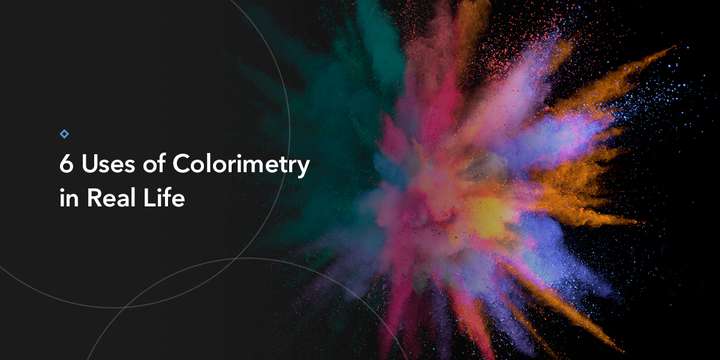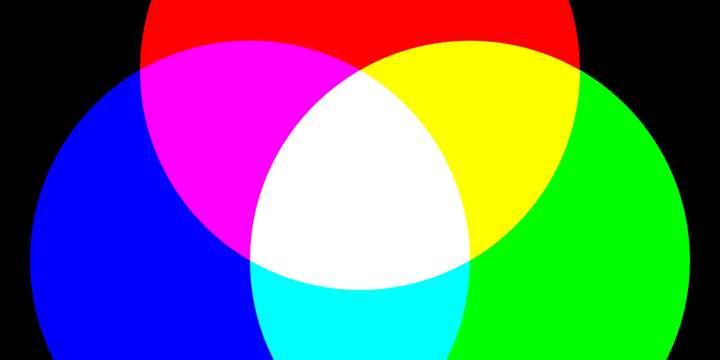Countless brands rely on specific colors to create iconic visuals for their customers. The golden arches of McDonald’s, the robin’s egg blue of Tiffany & Co. and the simplistic white of Apple electronics are all significant components of these carefully cultivated brands. But making sure these colors appear in the same way across materials and mediums is no easy task. It’s difficult, but a critical part of any branding strategy.
Why Is Color Important for Branding?
Branding relies on customer perceptions, and one of the most significant components of perception is color. After all, colors can make us feel hungry, anxious, calm or impulsive. They can make us see a brand as trustworthy, eco-friendly, adventurous and much more.
Consider the ambiance that the right brand tone can instill. If you enter a fast-food restaurant, you don’t expect muted, calming colors — you expect bright, vibrant, energizing colors synonymous with the brand. If you were at a bank, those same colors might be unnerving, and you’d prefer calming, trustworthy tones that reflect the company’s goals. Some brands, like Tiffany, have even gone so far as to trademark their color, preventing other brands from capitalizing on its use.
At the end of the day, color is critical.
Uses of Color in Branding
Choosing colors for brand management is usually done through either natural or cultural association:
- Natural association occurs when we associate natural colors with biological attributes. For instance, we might see bright green and associate it with leaves, health and eco-friendly materials.
- Psychological or cultural association refers to the meanings we attach to colors based on our culture. For example, purple is often considered a regal, fancy color, likely due to the fact that creating purple dye historically required hard-to-find materials only available to the rich. Note that these associations can vary by culture. Yellow can represent everything from cheeriness and jealousy to mourning, courage and even pornography — so research is important in international marketing campaigns.
Leaning into these associations can help you enhance brand effectiveness.







